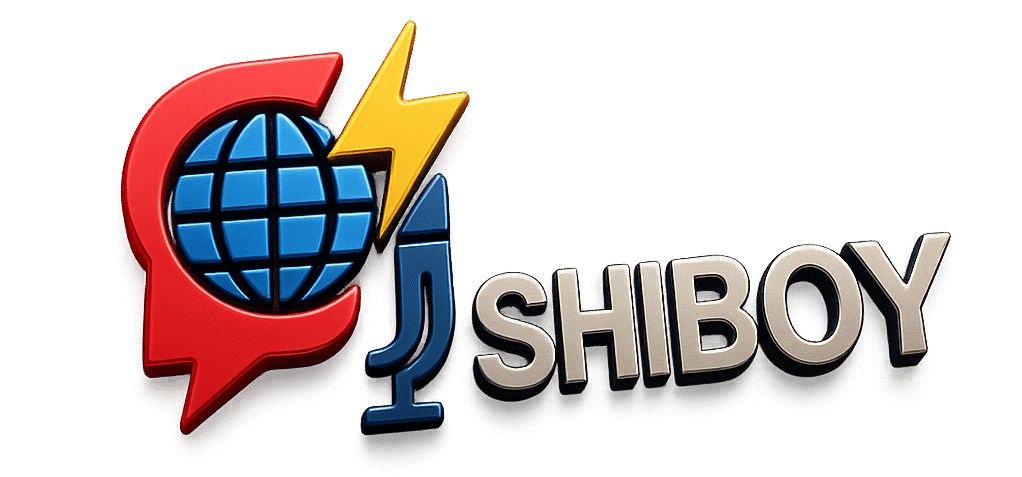India’s commerce and industry minister Piyush Goyal told CNBC the U.S. negotiations were “progressing extremely well” towards a “robust and good deal.”
🇮🇳🔄🇺🇸 India Expects Preferential Treatment in Trade Deal
📌 Key Statement from Piyush Goyal
Commerce and Industry Minister Piyush Goyal recently told CNBC that negotiations with the U.S. are making “fantastic” progress. He expressed confidence that India would receive preferential tariff terms compared to countries such as Japan, Vietnam, and Indonesia, emphasising India’s early and significant engagement in the talks Reuters+11Stocktwits+11Ground News+11.
🔄 Contextual Trade Progress
-
India’s lead negotiator and team spent several days in Washington in mid-July to finalize early-phase trade discussions Reuters.
-
While India has offered deep tariff concessions on approximately 90% of U.S. tariff lines, it remains firm on safeguarding domestic interests in sectors like agriculture and dairy Reuters.
-
The U.S. has imposed a temporary reprieve from its 26% “reciprocal” tariff on Indian imports, with the pause set to expire on August 1, 2025 Stocktwits+3Reuters+3New York Post+3.
🔍 Why “Preferential Tariffs” Are Critical for India
India is negotiating for tariff rates lower than those offered to its peers, arguing that its early entry into talks and the scale of engagement justify a better deal. For context:
-
Japan secured a 15% tariff deal,
-
Vietnam and Indonesia secured around 20% New York Post+9Reuters+9Stocktwits+9The Times of India+2Barron’s+2Stocktwits+2The Times of India.
-
India aims to ensure its tariff on key exports remains significantly below these levels to keep its exports competitive.
📉 Challenges & What’s at Stake
| Area | India’s Position | U.S. Concerns |
|---|---|---|
| Agriculture/Dairy | Politically sensitive; India reluctant to open | U.S. demands lower duties for market access |
| Steel & Auto Tariffs | India wants relief on burdensome U.S. tariffs | U.S. remains firm on sector-specific reciprocal duties Reuters+1Reuters+1 |
🧭 Outlook & What to Watch Next
-
August 1 deadline: A mini deal may not materialize before U.S. tariff deadline, though discussions continue to explore a phased approach into fall 2025 Reuters+15Reuters+15The Times of India+15.
-
Preferential tariff carve-outs: India may secure reduced duties on select export sectors—like gems, apparel, or auto components.
-
Format of agreement: Talks suggest an initial interim or sectoral deal, with broader resolution deferred to mid-late 2025 Reuters.
-
Negotiation leverage: India’s economic weight, early market engagement, and prior UK FTA success give it leverage for better terms en.wikipedia.org+1en.wikipedia.org+1.
✅ Bottom Line
India is strategically leveraging its early entry and substantial negotiation efforts to insist on preferential tariff rates in a prospective trade deal with the U.S. While hurdles remain—especially on agriculture and dairy—India aims to secure terms superior to those granted to other developing economies. Whether through a partial agreement or broader framework, preferential tariff access remains central to its negotiating position.





